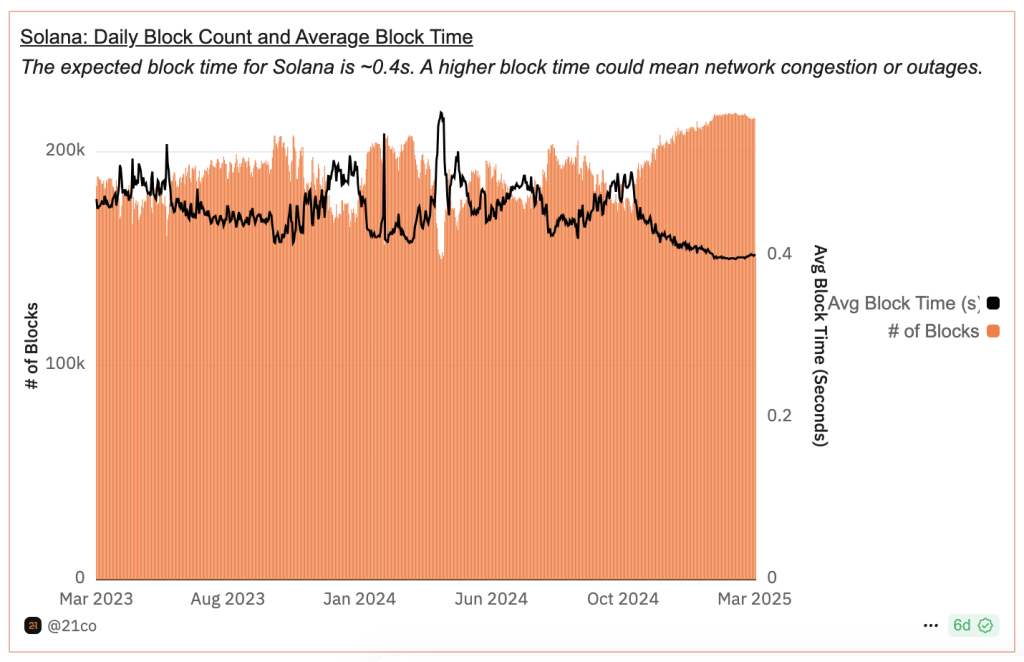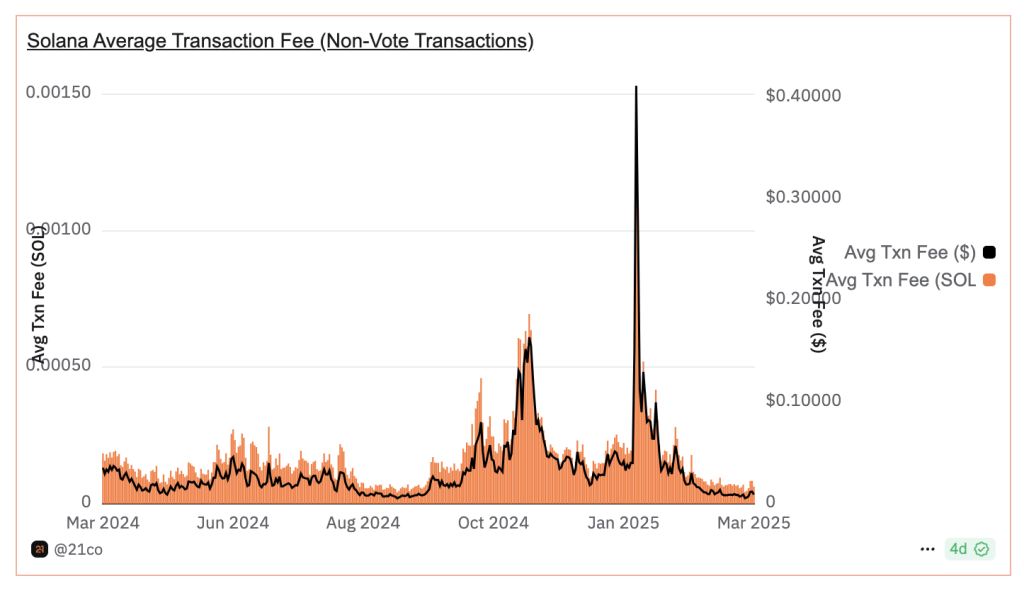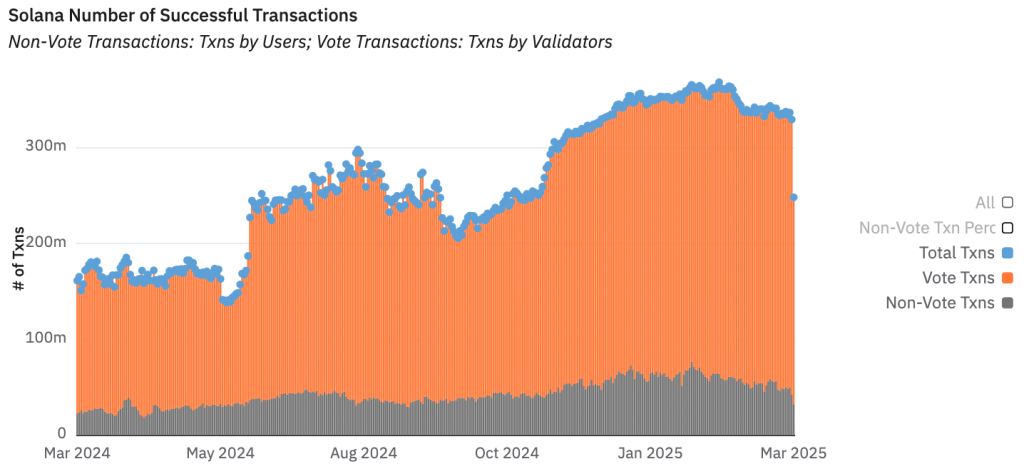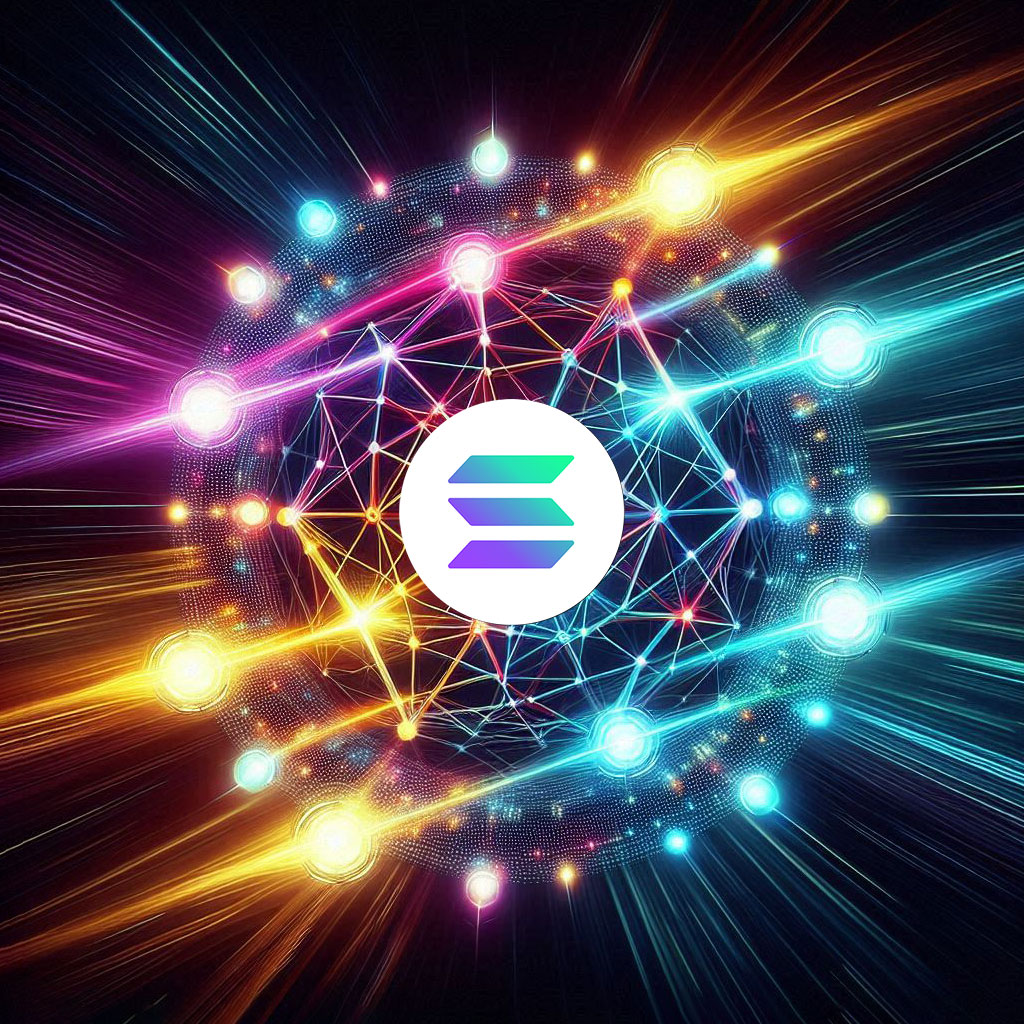
Solana became famous during the memecoin hype, but its applications and benefits go far beyond what’s on the surface.
Its development directly responds to major blockchain challenges like scalability bottlenecks, slow speeds, and high transaction fees that plague networks like Bitcoin and Ethereum. Solana was built to solve these limitations, just as Intel solved processing power constraints two decades ago.
Before 2002, high-performance computing often required stacking many physical processors to handle demanding tasks.
In 2002, Intel changed the game by introducing hyper-threading technology, which allowed a single core to simulate multiple processing threads, dramatically improving efficiency in complex calculations without needing proportionally more hardware. This process shifted from raw power (stacking more CPUs) to smart, efficient architecture. Eventually, this evolved into the multi-core processors we use today.
That’s exactly what Solana does for blockchain.
Instead of stacking more nodes and burning fees like Ethereum, it rethinks the architecture—using innovations like Proof of History and parallel execution to process thousands of transactions per second efficiently and affordably.
So, let’s dive deeper into how this new blockchain architecture works and what that means for the future of decentralization, data storage, and blockchain.
What is Solana?
Solana is a high-performance blockchain that has become one of the most active ecosystems in crypto today and is especially popular among developers building NFTs, DeFi platforms, and Web3 apps. What makes it special is its parallel execution model, which processes transactions concurrently by identifying non-overlapping account interactions.
The result is a system that prioritizes speed and efficiency without compromising on completeness—one that generates an uninterrupted, ever-growing stream of data by design.
Unlike Bitcoin and Ethereum, which process transactions sequentially to preserve the global state, Solana executes programs (this is its term for smart contracts) in parallel. It removes the mempool as a bottleneck and advances the state through local scheduling and verifiable time, producing a ledger shaped by traditional blocks and a seamless flow of transactions.
How Solana revolutionizes blockchain performance
Solana’s architectural choices aren’t just theoretical improvements—they manifest directly in how the network behaves under load:
- High execution capacity becomes possible by parallel processing smart contract instructions across independent accounts.
- It maintains consistent performance under high traffic, with tens of millions of transactions processed daily and finality achieved in seconds.

Latency is reduced by eliminating mempool competition—transactions are sent directly to the leader without coordination overhead.
- Fees remain low, stable in most conditions, and fairly distributed—congestion in one program doesn’t raise transaction costs across the network.

Solana doesn’t just scale performance—it restructures how performance is defined. However, the same architectural advantages allowing it to move fast and scale wide presents new challenges.
The price of high performance
A network built for maximal throughput will record almost everything, almost constantly. The same design that enables frictionless execution also accelerates data growth—shifting the scalability bottleneck from throughput to the challenge of storing and maintaining activity over time.

In September 2024, the size of the Solana ledger was around 300 terabytes. By March 2025, it had grown to almost 500 terabytes and is expanding by roughly seven terabytes per month, steadily increasing.
This pace is unmatched by any other major blockchain. As of early 2025, Bitcoin’s entire ledger is under 600 GB. Despite its long history and active usage, Ethereum holds around 2.5 TB for a full archival node. Solana, meanwhile, is expanding faster than both combined.
Some in the Solana community suggested that, at the current trajectory, the ledger could reach four petabytes by the end of 2025. Even though this number doesn’t seem realistic anymore, it may reach one petabyte in 2025—which is already enough to raise serious questions.
Ledger growth
But what does this growth mean for those using the Solana blockchain in practice?
Inevitably, the growing number of transactions—and the growing amount of data they generate—leads to an increase in the cost of processing that data. That includes:
- higher bandwidth requirements;
- more internet traffic to handle;
- faster SSDs if you’re downloading data locally;
- and more CPU power to process that data once it’s downloaded.
For most users, this growth in demand hasn’t been dramatic so far—they can manage with no extra investment or with minor ones if they need deeper access to the ledger. But if you’re digging into deep on-chain history or running large-scale analytics, you’ll notice the growing pressure.
At Alpha AML, we use a fleet of processors to run fast on-chain analytics across the Solana network. Not because it’s impressive but because the ledger growth requires it. Which, in turn, leads to the other group of challenges.
Data accuracy
As the Solana blockchain grows, the infrastructure requirements will scale too—especially for anyone running their own nodes or working directly with raw on-chain data. That includes monitoring the network, storing blocks, and keeping systems up to date—all of which will take more time, storage, and investment.
Based on rough estimates by our team, the baseline setup for independent access and processing could reach at least $10,000 per month in 2025—or significantly more, depending on the complexity of the tasks involved.
This outcome, in turn, means:
- More and more people and companies will rely on third-party data providers rather than extract and store raw data, and this trend is already underway;
- Layers will pile up. One provider will depend on another, and the chance of distortion grows every extra step.
That wouldn’t be a major problem if the data itself were simple, but the structure of the data itself isn’t straightforward.
Solana doesn’t process transactions as isolated units. Each one can include multiple instructions, interact with different programs, and trigger additional calls through what’s known as cross-program invocations (CPI).
That means a single transaction can perform multiple operations under the hood—some of which won’t be obvious unless you dig into the raw structure. And how much of that is visible depends entirely on the data provider or explorer you’re using.
We’ve seen multiple cases where Solscan presents a transaction as something simple—like a $1,000 token swap—while a deeper instruction in that same transaction quietly moves a million dollars in a memecoin. It’s not hidden, but it’s not surfaced either.
What does this mean?
That gap between what’s on-chain and what’s shown to the user is where clarity gets lost. And as data keeps growing and layers pile up, those blind spots will only get wider.
In the long run, this could also impact validator participation. As hardware demands grow, fewer independent validators can meet the technical requirements. That raises questions about decentralization and whether parts of the network might become dependent on institutional-scale infrastructure.
Solana developers have started exploring multiple strategies to reduce this pressure: ledger compression, pruning mechanisms, and even experimental zero-knowledge proof systems for offloading some data verification. These aren’t full solutions yet, but they point to the seriousness of the issue.
Where is Solana going?
When data keeps expanding, splitting, and folding back on itself faster than anyone can trace, the system starts behaving like a black box.
In technology, there’s a term—singularity—which describes the moment AI becomes so advanced that it starts creating systems and technologies too complex for any individual, or even a team, to fully understand or follow.
We can already see how Solana is moving in that direction—a kind of data singularity where everything is recorded, connected, and computable, yet increasingly unreadable without specialized tooling.
Given how fast Solana is growing and how quickly people are switching from raw data to third-party services, we believe that point could be reached well before the end of the decade.
And that means the deeper Solana grows, the harder it becomes to work with it directly.
Running your own infra, parsing raw data, and building reliable tools gets more expensive, slower, and less accessible. At some point, it’s not just about writing to the ledger—it’s about whether anyone can still read it, understand it, and build on it without relying on someone else’s filters.
Once that stops being possible, the problem is no longer scale. It’s control.
Solana isn’t the only chain facing this challenge, but the speed and volume of its growth make it the first to collide with these limits at scale. It also makes Solana a testing ground for how blockchain infrastructure might evolve globally—from data access models to storage incentives to the role of AI in managing chain visibility.
How to stay in control
So what can be done about it?
Solana won’t stop growing, and the data won’t get any simpler. But that doesn’t mean the outcome is fixed. There are ways to work with this architecture without losing clarity, ownership, or access.
The hard part is knowing where to draw the line and what not to outsource.
1. Keep a foot in raw data.
Stick with raw data for as long as possible, which isn’t complicated so far. That’s the only way to know what’s happening without someone else deciding what you see. This decision might give you advantages over others—from spotting manipulation patterns early to building things that don’t break every time someone’s API changes.
2. Don’t outsource visibility.
It’s one thing to outsource infrastructure. It’s another to outsource understanding. When you lose the ability to audit, verify, or explain what’s going on under the hood, you’re not working with Solana anymore—you’re working inside someone else’s interpretation of it.
So, if you’re already using third-party services, or will need to switch to them later, it’s worth maintaining at least some access to raw on-chain data. It won’t give you the full picture, but it will give you a baseline and a way to cross-check, spot gaps, and notice when the version you’re seeing doesn’t match what’s actually on-chain.
3. Archive wisely.
Use decentralized storage networks like Arweave or IPFS to preserve your historical data if you need to, without depending on the full ledger or third-party archives. As the ledger keeps growing, keeping snapshots off-chain might become helpful and necessary.
4. Be careful what you pass on.
Stay alert if you’re building in crypto, whether it’s DeFi, Web3, on-chain agents, or anything else, and your product includes data, analytics, or signals passed to others. The closer we get to data singularity, the more sensitive each step of the pipeline becomes.
One incorrect assumption, one lazy transformation, and the output becomes unreliable—even if the input was solid. If you pass that along, you’re not just misrepresenting the chain. You’re creating a new version of it for everyone downstream.
To wrap it up
Solana didn’t just improve blockchain speed—it redefined what blockchain is. It moved past the old model of sequential blocks and global bottlenecks and built a system where execution happens in parallel, the state moves continuously, and the ledger grows without pause.
That made performance the baseline and turned volume into a constant.
But scale came with a shift in trade-offs. The more Solana processed, the more it recorded and the harder it became to store, access, and interpret what was happening on-chain without relying on someone else’s tools.
By 2025, that shift is no longer theoretical. The ledger has passed half a petabyte, and the line between raw data and interpreted output keeps getting thinner.
Solana is still fast, cheap, and open, but staying close to it now takes more than just being connected. It means knowing how your access is shaped, where your data comes from, and which parts of the system you have access to versus the ones you assume you do.
This challenge doesn’t end with Solana. As blockchain networks expand, the ability to manage, interpret, and trust data at scale will shape how crypto evolves—from tooling to governance to user experience.

Leave a Reply